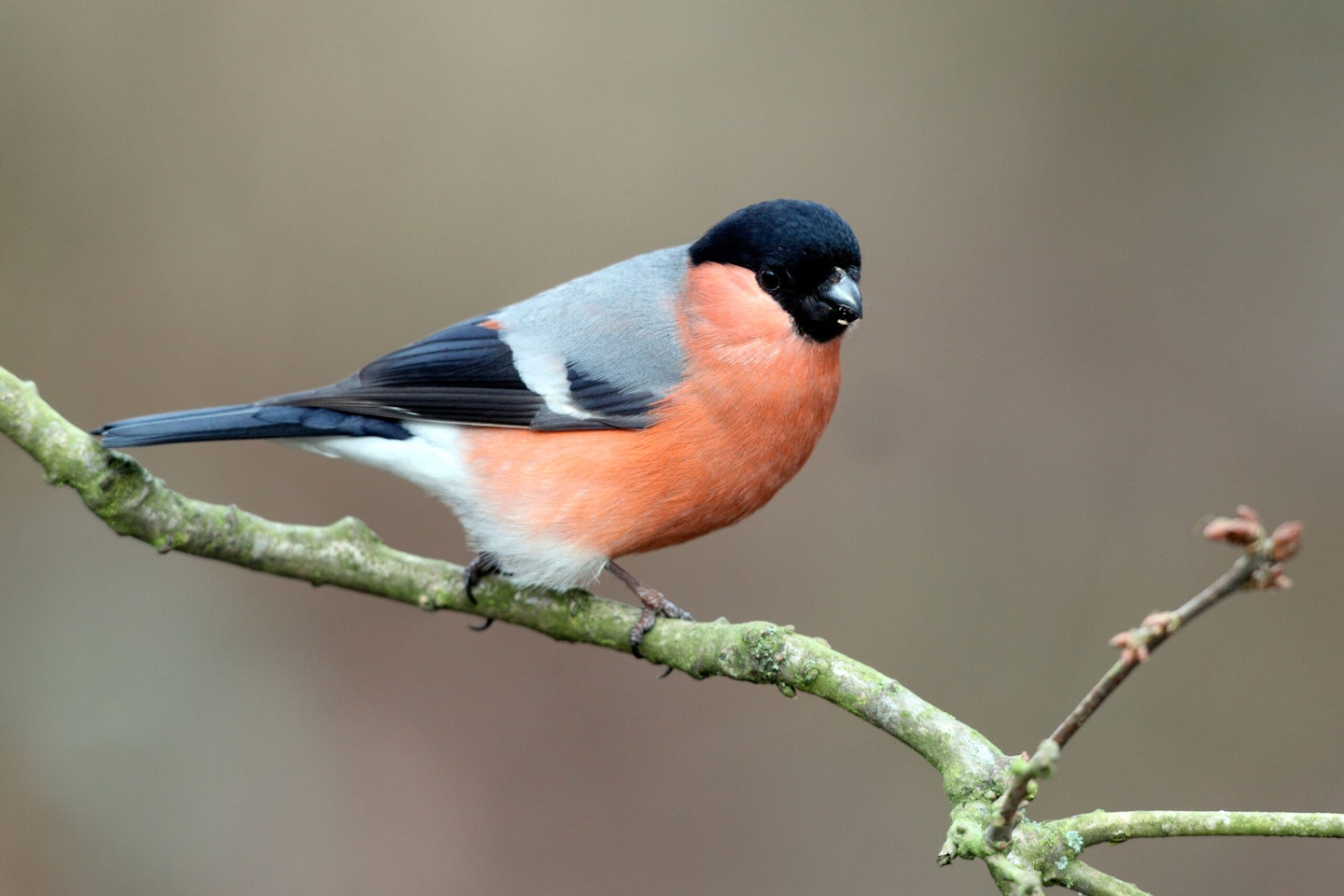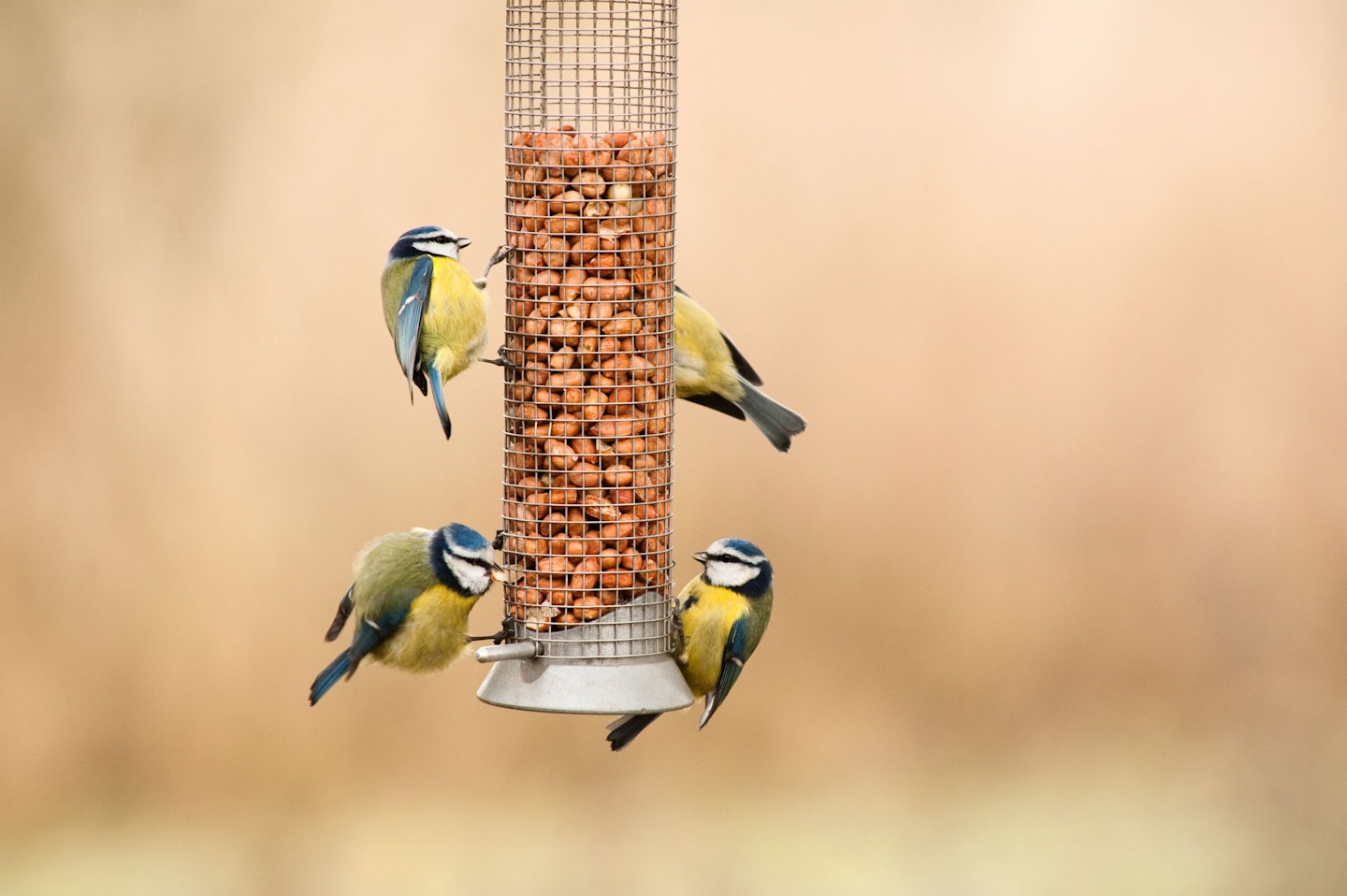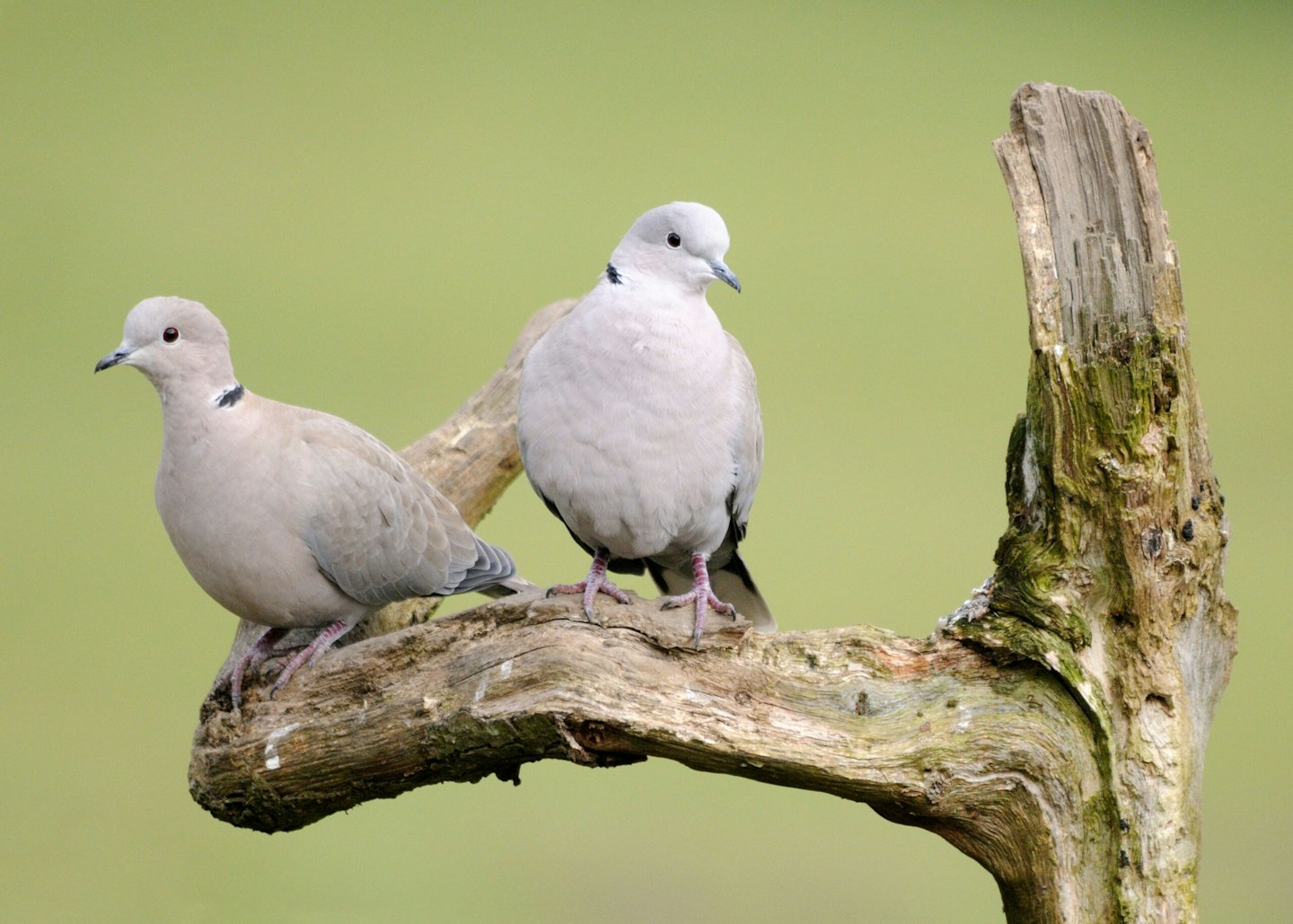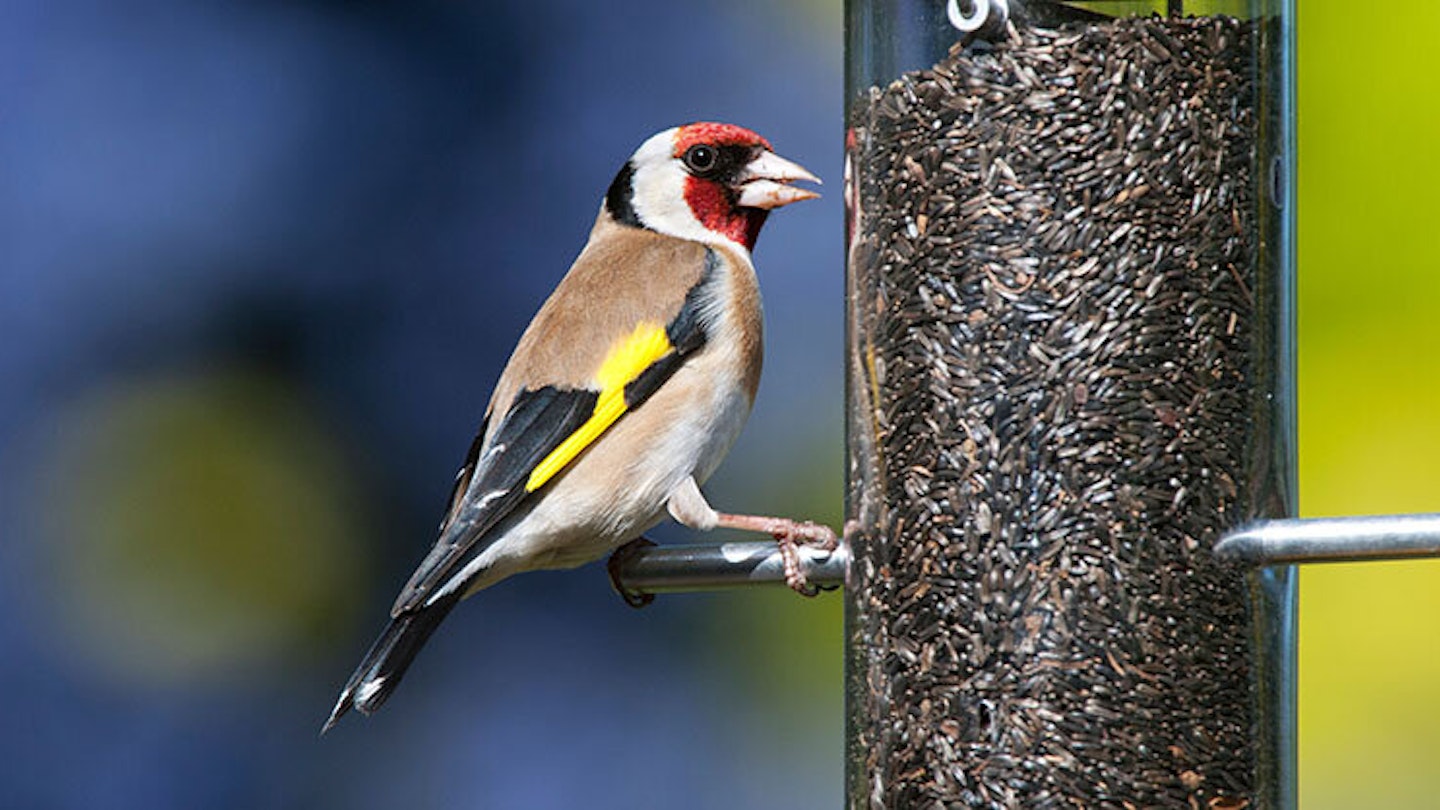BIRDS ARE EVERYWHERE!
There are birds even in the humblest garden, or if you haven’t got a garden, flying overhead, perched on nearby roofs, trees, or even picking crumbs from a car park or playground. Look out of the window and sooner or later, but probably sooner, you will see birds.
BIRDS ARE BRILLIANT!

Birds are just about the easiest animals to watch, being common and often very obvious, and doing most of their daily activities by day (unlike, say, mammals which are mainly nocturnal, secretive and dull-coloured for camouflage) . They are also common, and very diverse, coming in all sorts of shapes and sizes, and wrapped in amazing-coloured feathers.
Birds make some of the most pleasant (no, better than that: beautiful) sounds of the natural world.
And they can fly! And that is something they share only with insects and bats [and the pterosaurs which were reptiles which went extinct tens of millions of years ago]
And in addition to flying, they do all sorts of interesting things, all the time! Each type of bird has its own distinctive behaviour, unique sound and its place in the complex ecosystem (which includes our back yards!)
WHAT ARE GARDEN BIRDS?

Garden birds are just birds which live in gardens. Most birds we see in our gardens are the sort of birds which live ‘naturally’ in open woodland, parks and so on. They are birds which appreciate trees and bushes for somewhere to feed in, nest (lay eggs and raise babies) in and roost (sleep) in. But many like a bit of lawn to hop around on. And most importantly, perhaps, they are the sort of birds which can tolerate the presence of people close to where they feed, nest, and roost.
GARDEN BIRDS’ BASIC NEEDS
All birds need three basic things above all else: food, water and shelter. If they have somewhere to nest in and roost in, all the better. But if they have something to eat, something to drink (and bathe in) and somewhere to get cover, they are off to a good start.
WATCHING GARDEN BIRDS, PART 1

If you are lucky enough to have a garden, you should see at least some birds by looking out of you window. If you have use of a pair of binoculars, all the better (for bringing the birds ‘closer’), but you can watch birds without them, and some garden birds are, after all, very tame and ,come very close. Try and see which ones you can name (using our guide here, or a book) and notice what they are doing (feeding, singing, chasing each other around, gathering nest material and loads of other things… ).
Or, you could try sitting in the garden, and see what birds turn up! But the idea is the same and the main part of birdwatching for many people is to name birds, as well as enjoying watching them.
WATCHING GARDEN BIRDS, PART 2
Providing the basics (food, water and shelter) will lead to more birds visiting you garden. You can buy the sort of birdfeeders that you hang up and fill them with wild bird seed or unsalted bird peanuts, suet cakes etc. Or you can put bird food out on the lawn (watch out if there are cats about) or a bird table, if you have one. You can put water out in shallow bowl, even an upturned Frisbee or a proper bird bath or even a pond. Shelter is the hardest one to provide, as you may need to grow some trees or bushes! But you can add a sort of shelter in putting up nest boxes, which birds love (especially Blue Tits and Great Tits!
WATCHING GARDEN BIRDS, PART 3
Once you get into watching garden birds, you could start writing down which birds you have seen in your garden and join the happy band of listers! But you don’t have to! You may also want to try to photograph your garden birds, or sketch them, or make notes on what they are up to. Or you may wish to get into learning which birds which make which amazing songs (Robins, Blackbirds and Song Thrushes are particularly beautiful, but the repeated ‘teacher teacher’ of the Great Tit or the different coos of Woodpigeon and Collared Dove may be easiest to learn.
